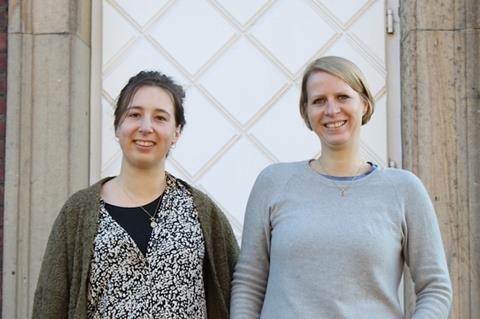Researchers have found a trove of potential active ingredients that could help to provide treatment for the influenza virus in the future.

The team at the University of Münster has provided evidence of 59 specific modifications to the polymerase of the influenza A virus, in other words the decisive enzyme responsible for the production of copies of the virus genome. These are described in a study published in the latest issue of the journal Nature Communications.
What is special about the modifications described in the study is that they are transmitted by proteins in the host cells – and, in contrast to virus proteins, they cannot mutate rapidly. They therefore represent a promising approach for the production of new medicines.
Complex protein
The influenza A virus polymerase (IAV polymerase) is a highly complex protein which has more than just one function. One of these is that after a structural change it can also make copies of the virus genome (cRNA and vRNA). Without this “switch“ of functions, the virus is not able to proliferate.
As Dr. Linda Brunotte and Dr. Franziska Günl and a team of colleagues have now discovered, the IAV polymerase needs proteins from the host cell to act as “molecular switches“ and carry out its diverse functions. These proteins are enzymes which dock so-called ubiquitin proteins onto specific places in the polymerase and, as a result, trigger the signal for the switch of functions.
“We were able to produce a map showing 59 positions on the viral polymerase to which ubiquitin was attached through the host cell. These are completely new findings which reveal the Achilles‘ heel of the influenza A virus,“ explains Dr. Brunotte, who heads a team of researchers at the Institute of Molecular Virology and also initiated the study.
Signal and switch
This ubquitination had a definite influence on the activity of the polymerase at 17 spots. Moreover, one specific position was discovered whose modification represents the signal for the conversion and the associated switch of functions in the polymerase.
As a result, Dr. Günl, the lead author of the study, is now looking ahead, saying: “On the basis of our mapping of the ubiquitination, further studies can now research into which enzymes are specifically responsible for the modification of the IAV polymerase. Medicines which are directed against these enzymes would be resistent to mutations in influenza viruses, thus displaying great potential for future treatments.
The study produced by Dr. Brunotte and Dr. Günl received 266,000 euros in funding from the German Research Foundation.







No comments yet